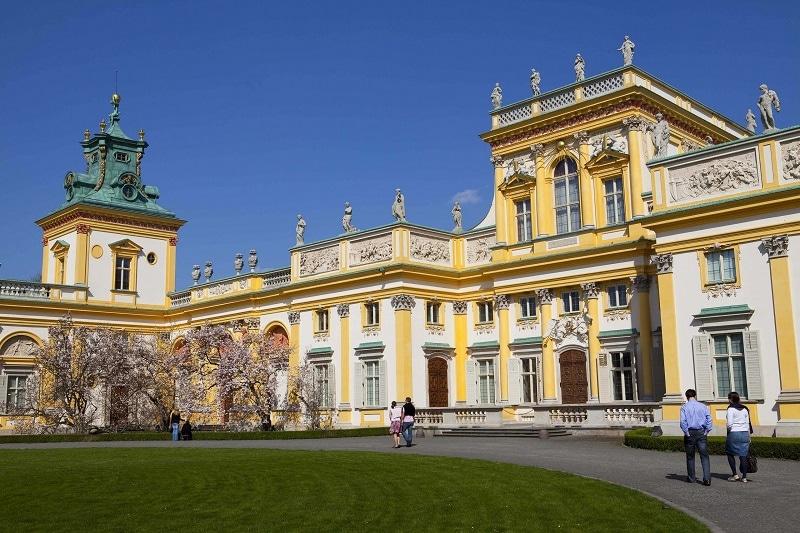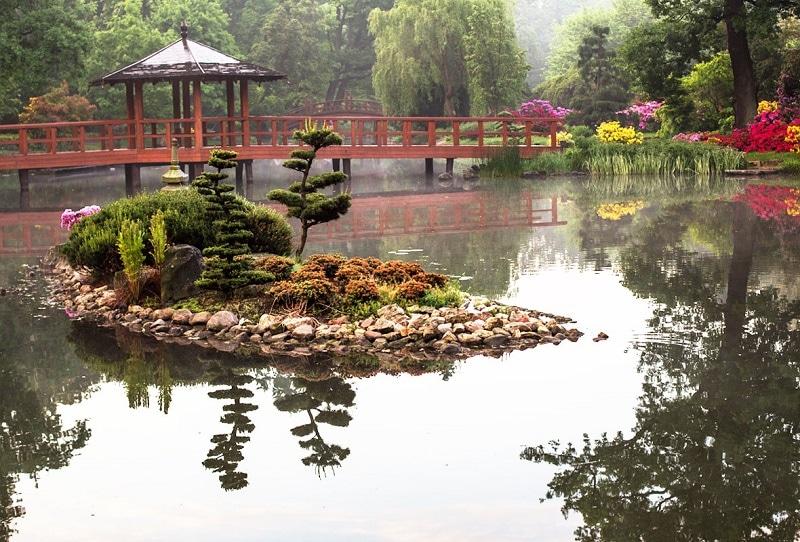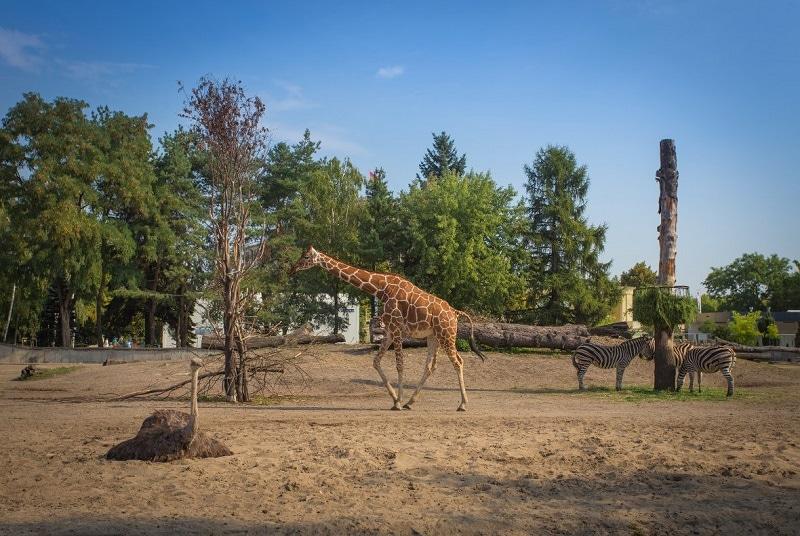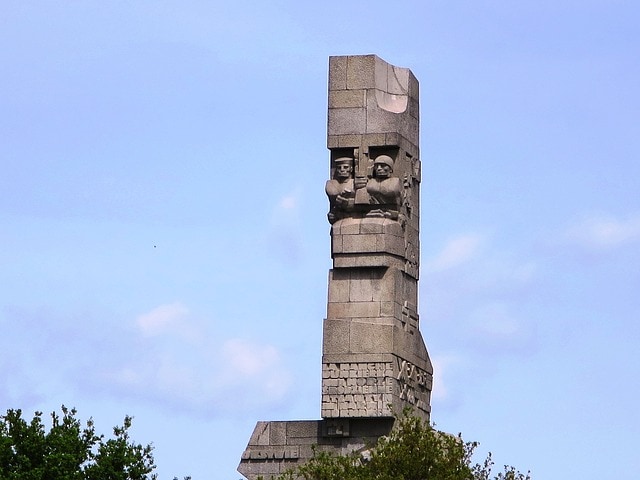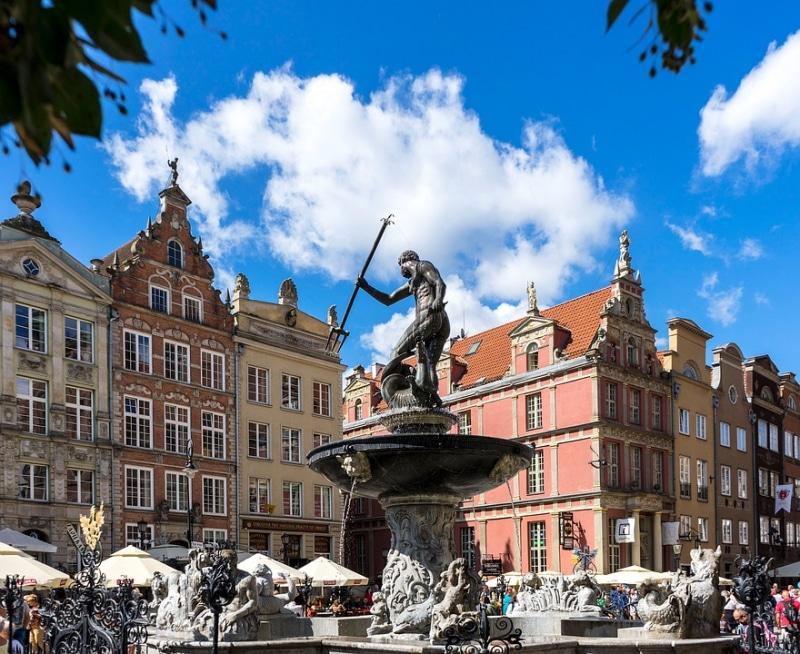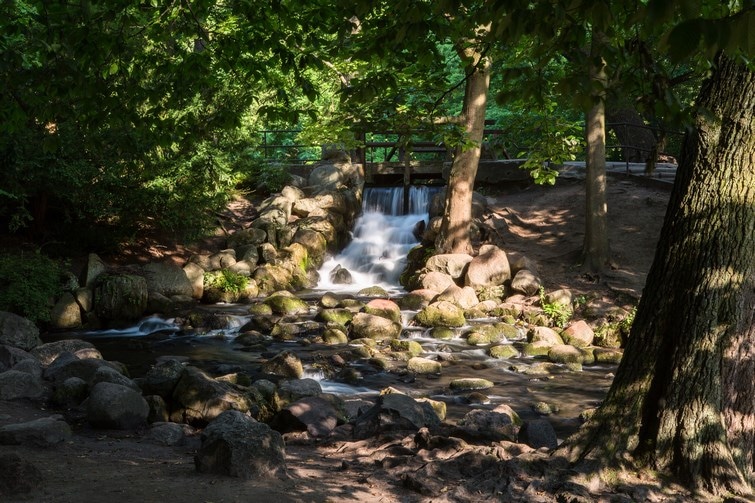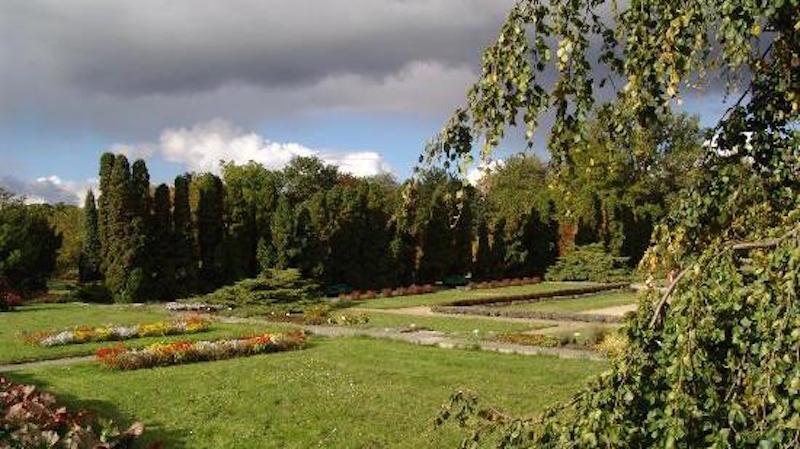ParksandGardens, Poland
Removed from Unnamed collection
Royal Lazienki Museum
This vast park is a favourite place for Varsovians where they go for long walks amid beautiful nature and architecture to rest from the hustle and bustle of the city. At the heart of the park is the summer residence of the last king of Poland – Stanisław August Poniatowski. The name of the complex comes from the seventeenth-century bathhouse of a Polish nobleman, rebuilt in the 18th century into a palace. Here, in the Palace on the Island, King Stanisław August Poniatowski hosted his famous Thursday dinners, to which he invited scholars and poets to discuss the issues of the day. Today it is a museum where you can admire paintings from the royal collections.
In the grounds of Łazienki you will also see an orangery, an amphitheatre, an eighteenth-century court theatre, the Museum of Hunting and Horse-riding, the Myślewicki Palace and numerous free-standing sculptures. http://warsawtour.pl/en/project/lazienki-krolewskie-museum-2/
Map
Removed from Unnamed collection
Museum of King Jan III's Palace at Wilanow
Wilanów Palace is a true pearl of Baroque architecture in Warsaw. Learn about King Jan III Sobieski, who successfully fended off the Turks in the battle of Vienna and who lived in Wilanów with his beloved Marysieńka. Take a walk in the park and tour the palace interiors; see the portrait gallery and listen to stories of great romances. The building and the park have both kept their original form, despite the partition, war, and occupation.
See the home of King Jan III Sobieski, the vanquisher of the Turks at Vienna, who in 1683 stopped their march through Europe. The ruler, who gained the nickname of the fearless Lion of Lechistan, lived in the palace with his beloved wife, Maria.
In the palace, you will see the king’s apartments and the suites of Queen Maria Kazimiera, which include the Chinese, Dutch and Antiquities rooms and the Potocki Museum. Stop for a moment in the White Room to see images of other palace owners and people associated with it.
Wilanów Palace is a must-see when visiting Warsaw. In the wintertime, the venue, illuminated with thousands of lamps, transforms into the Royal Garden of Lights. http://warsawtour.pl/en/project/museum-of-king-jan-iiis-palace-at-wilanow-2/
Map
Removed from Unnamed collection
Park Szczytnicki
The park with an area exceeding one hundred hectares is outstretched between Różyckiego, Paderewskiego, Kopernika and Olszewskiego streets.
The first park in this place was established by L. Hohenlohe, the commander of the city garrison, in the area of the then-existing village of Szczytniki in the suburbs of Wrocław in 1783.
The park with an area of 16 hectares was maintained in English style, but it was heavily destroyed by Napoleon’s soldiers in 1806. In 1833, the recreational areas in this part of the city were enlarged – not only did the park become bigger, but also a racing track was created south of it and functioned there till the beginning of the 20th century. The current appearance and richness of Park Szczytnicki owes much to Peter Joseph Lenne – a royal gardener who arrived in Wrocław from Berlin. At the end of the 19th century, a dyke system was established. Later, at the turn of the 20th century and on the occasion of the Exhibition of the Century in 1913, Park Szczytnicki was enriched with objects that have remained interesting till today and are important points of sightseeing routes. In 1913, the wooden church of Jan Nepomucen was moved to Wrocław and established in the eastern part of the park. Built at the turn of the 17th century, the building had been previously located in Stare Koźle. https://visitwroclaw.eu/en/place/park-szczytnicki
Map
Removed from Unnamed collection
Wroclaw Japanese Garden
It is one of the most popular places for walks. Apart from a few hundreds of original plants, trees, bushes and flowers, there are also Japanese buildings: the gate and the tea pavilion.
One of the attractions of the Garden is a pond with enormous carps and other species of fish. The Garden often hosts events like tea perking, concerts and open-air happenings.
The Japanese Garden was created in the beginning of the 20th century, on the occasion of the Global Exhibition in 1913. It was an initiative of count Fritz von Hochberg, who employed a Japanese gardener Mankichi Arai. After the Exhibition it was dismantled but the plants and the arrangement of alleys and the pond remained the same.
The idea of renewing the Japanese Garden in Wrocław appeared in the 90s. The reconstruction lasted three years, the specialists from Japan came to assist, but the Garden did not survived for long. Two months after the inauguration, the Garden was destroyed by the flood. 70% of the plants were lost. The next opening of the Japanese enclave took place in October 1999. https://visitwroclaw.eu/en/place/japanese-garden-wroclaw
Map
Removed from Unnamed collection
Wroclaw Zoo
The Zoo in Wrocław was created in 1865 and had a dozen hectares of surface. Today on 33 ha live 10,000 animals.
Zoo in Wrocław is the oldest and the richest in fauna in Poland. It is possible to see the animals from every continent and environments, for example in Madagascar, Sahara or Europe Pavillons.
In the last few years many new enclosures have been built, for example for bears and wolves. There are also new animals, among which very rare species like okapi. https://visitwroclaw.eu/en/place/zoo-wroclaw
Map
Removed from Unnamed collection
Westerplatte
The monument was build to preserve the unique historical values, spatial tangible and intangible, symbolizing the heroism and bravery of Polish soldiers during the Second World War - the largest of the wars of the twentieth century. https://www.gdansk.pl/turystyka/Szlak-turystyczny-Westerplatte,a,6189
Map
Removed from Unnamed collection
The Neptune Fountain
The Neptune Fountain has stood in front of the Artus Court since 1633 and is a symbol of Gdańsk. It was built on the initiative of the Mayor of Gdańsk, Bartłomiej Schachmann. http://www.gdansk.pl/en/for-tourists/Tourist-Attractions,a,12042
Map
Removed from Unnamed collection
Oliwa Park
Adam Mickiewicz Park also referred to as the Oliwa Park is one of the best known places in Gdańsk. The extraordinary location of the park, beautiful flora and small climatic paths of the Park create a unity that is irresistible. The park itself dates backs to the Cistercians who started a vegetable and herb garden by their monastery. Starting your stroll in the Park from the entrance at ul. Grunwaldzka following the longitudinal pond we can see the Botanic Garden created after World War II and where the visitors can also enter the enchanting Palm House. The main path of the Park, stretching from the entrance from ul. Opata Rybińskiego leads to the French part of the Park where you can see the Abbot Palace and further on the path leads to the Oliwa Cathedral. The Abbot Palace now houses a branch of the National Museum in Gdańsk, exhibiting contemporary art. In the Cathedral in the Oliwa Park one may listen to organ concerts and participate in the Organ Music Festival which is organised every summer. In the Park there are many sculptures to admire like: Exhibition of Contemporary Sculpture of Gdańsk, Swietopelk the Great and Mestwin II monuments and the bust of Adam Mickiewicz. The National Museum has another branch in the Oliwa Park - Branch of Ethnography located in the Abbot Granary. Now the Oliwa Park has been expanded with new gardens, e.g. a Japanese garden where you can have some rest during a steady walk and admire the beauty of one of the former city gardens in Gdańsk. http://visitgdansk.com/en/corobic/The-most-beautiful-parks-in-Gdansk,a,27
Map
Removed from Unnamed collection
Orunia Park
This is one of the oldest parks in Gdańsk, second largest after the Oliwa Park and located in a completely different part of the city than the first one. It is less known but as charming and worth seeing. In the park there are two ponds and the Park itself is surrounded with hills to which local legends are attached. In the Park we can admire ponds, waterfalls and beautiful alleys with interesting tree varieties. The linden alley and the view of weeping willow trees over the pond add to the charm of the place. Right by the Park there is a historic 19th century manor house. Recently a large playground for children was built in the nearby. That is why it is a place not only for walks but also a place to spend time with the whole family. http://visitgdansk.com/en/corobic/Orunia-Park,a,27,2
Map
Removed from Unnamed collection
Botanical Gartens
The Botanical Gardens are a research and teaching division of Adam Mickiewicz University, considered to be one of the most modern and beautiful gardens of its type in Europe. Covering more than 22 hectars, it contains an imposing cillection of over 7,000 species and varietes of plants from almost every climate zone of vegetation around globe. http://www.poznan.pl/mim/turystyka/en/botanical-gartens,poi,3338/botanical-gartens,51934.html
Map



